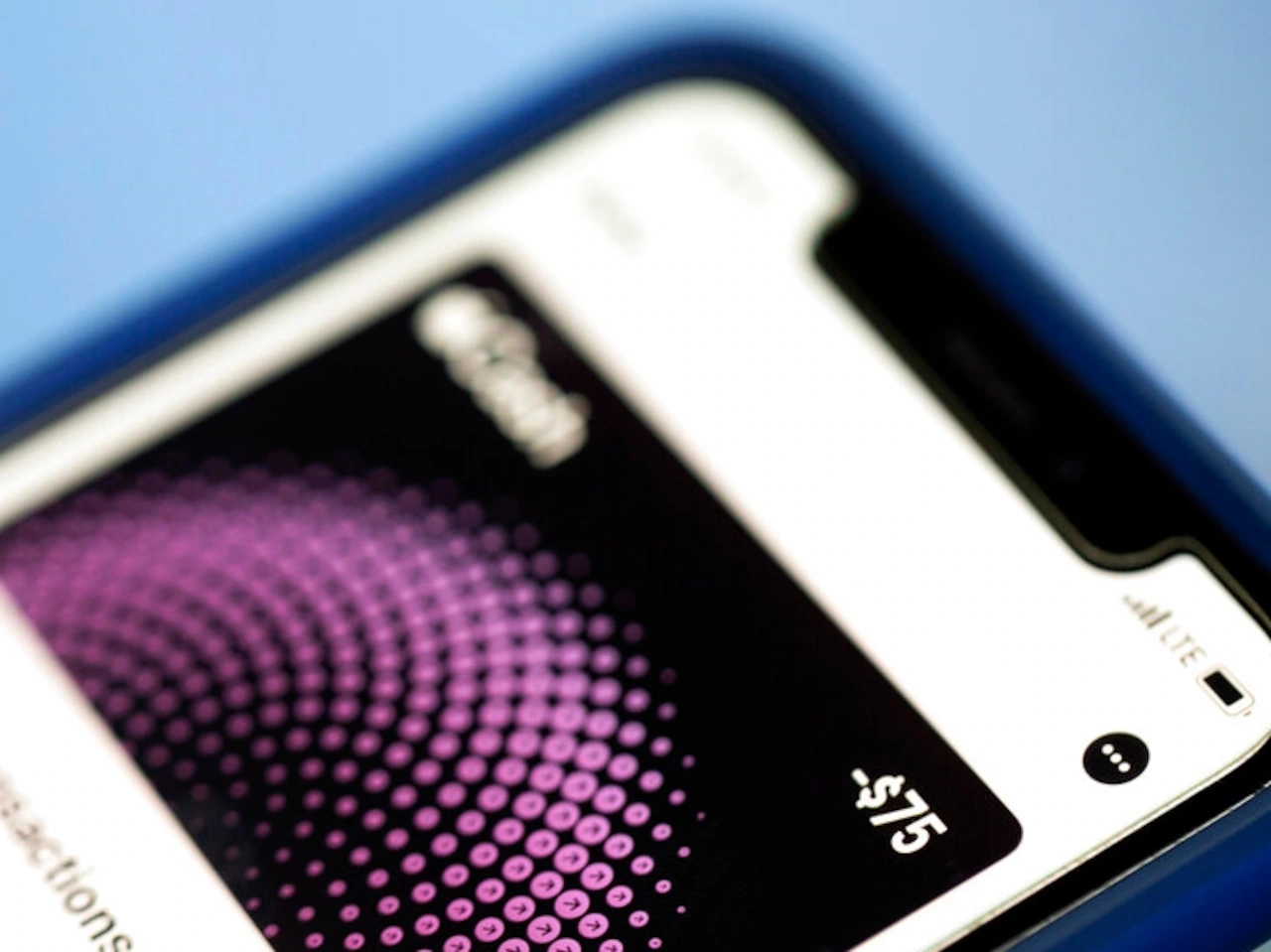Copyright MassLive

Scammers are always thinking of new schemes to separate you from your valuables — whether it be your money or personal information — the goal is simple: to take something of your’s for their own gain. The Better Business Bureau warns the public of a new scheme on the rise that exploits contactless payments. This new scheme called “ghost tapping,” where fraudsters use wireless devices to take money without touching your credit or debit card. “Ghost tapping is a scam that targets tap-to-pay cards and mobile wallets,“ the BBB wrote in a notice. “Tap-to-pay works through Near Field Communication (NFC), which allows devices to exchange data at very close range.” Read more: ‘Just hang up’: Sheriff issues urgent warning after scammers steal $6,700 While contactless payment methods are “generally safe,” the BBB warns scammers can take advantage of people distracted in crowded situations and essentially exploit the tap-payment method by bumping into people and charging their cards. “Unlike previous debit and credit card scams, which required physical contact with the card, ghost tapping eliminates this need,“” the BBB said. “There are occasions where the scammers will attempt to trick unsuspecting individuals in public places.” Scammers approach victims using a number of schemes including: Getting close in public spaces: People may bump into their target while secretly charging your tap-enabled card or mobile wallet. Pretending to be a vendor: At events fraudsters may even set up fake stands and ask for tap payments. Charity scams: Fraudsters may request a small donation but then charge your card for a larger amount. Rushing the process: Scammers count on targets tapping without verifying the business name or transaction amount. Several reports of this kind of scam have been reported to the BBB. In one case, someone reported an individual going door to door claiming to be selling chocolate “to support special needs students.” This person claimed to only accept tap-to-pay payments and charged large amounts without the cardholder being able to see the amount. The BBB suggests taking these steps to protect yourself: Use RFID protection to help block wireless skimming. Always confirm payment details and check the merchant’s name and amount on the terminal screen. Set up real-time notifications to be notified for every charge. Keep an eye on your accounts for suspicious activity. Limit tap-to-pay use in high-risk areas, consider swiping or inserting your card instead.



